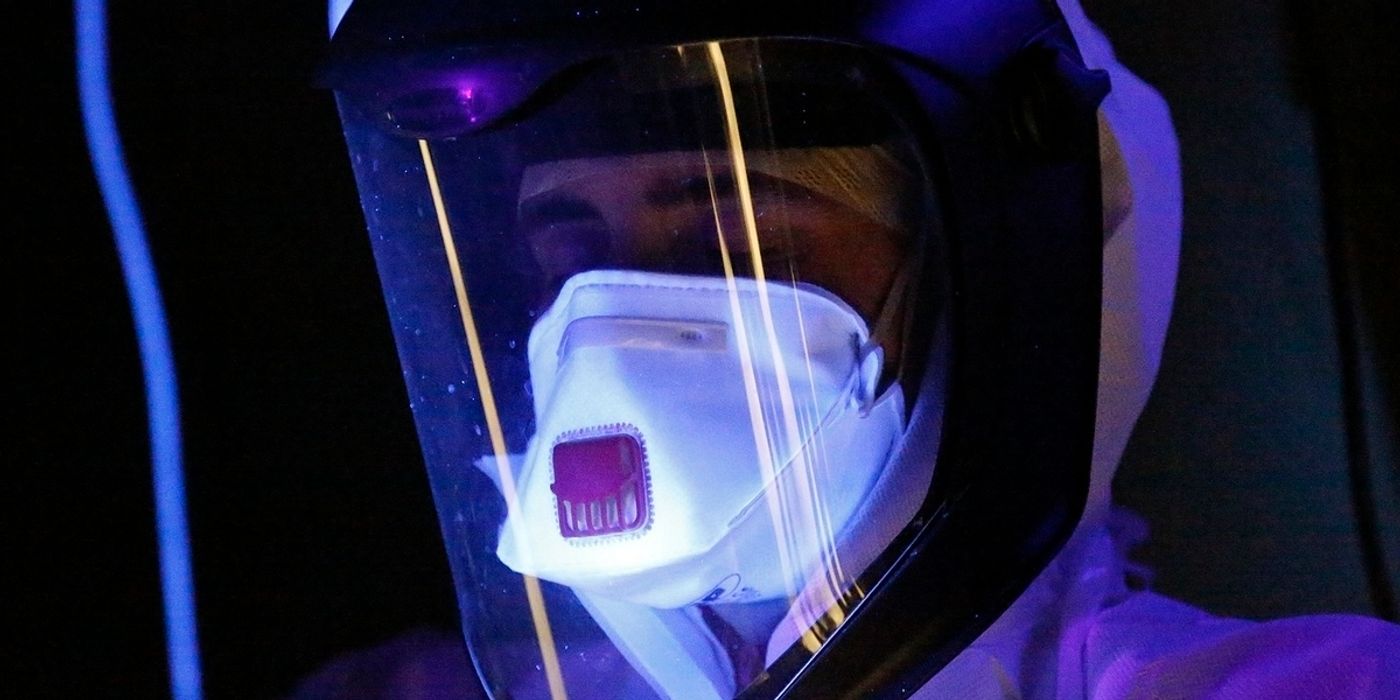How Can Far-Ultraviolet Light Help Us in a Pandemic?
Ultraviolet (UV) (10-400 nm) light is everywhere. It constitutes 10 percent of the total electromagnetic radiation in the sunlight. There are three bands of UV we encounter on earth, UVA (315–400 nm), UVB (280–315 nm), and UVC (200-280 nm).
Because of its energetic nature, UVC radiation is mostly absorbed by the ozone layer before it reaches the ground. But that did not stop it from being an important disinfecting agent. Lamps manufactured for ultraviolet germicidal irradiation (UVGI) purpose help keep our air, food, and water supply safe from bacteria.
According to Charlie Ironside, an Australian physicist and optoelectronics researcher, light-emitting diodes (called far-UVC LED) that emit in a specific UVC band can help us during pandemics.
Unlike germicidal lamps, which emit around 250 nm wavelength and can cause burns, and even cancer, far-UVC light causes no skin damage. Radiation at these wavelengths can barely penetrate the outermost layer of our skins. But it's still highly lethal for bacteria and viruses, for they are much thinner as compared to the dead skin cells.
In 2017, a group of researchers at Columbia University conducted a study to investigate the safety and effectiveness of UVC as a sterilization method. They exposed mice with an excimer lamp emitting 222 nm UVC. They observed no skin damage on the rodents, a result similar to their previous study performed with 207 nm UVC. On the other hand, radiation at both wavelengths showed uncompromised effectiveness at killing an antibody-resistant super-bateria Staphylococcus aureus (MRSA). A year later, the same team extended their research using more target microbes. They found that the 222 nm UVC was also potent against airborne viruses such as H1N1 influenza, the culprit behind the swine flu pandemic back in 2009.
Building on the promising evidence from literature, Ironside and many physicists are advocating for more research to be conducted on far-UVC emitting LEDs. Once fully developed and incorporated into handheld devices like our cellphones, the human-safe, bug-killing UV radiation could make a big difference to combat infectious bateria and viruses.
How Ultraviolet Light Could Help Stop The Spread Of Coronavirus (CNBC)
Source: Physics World









